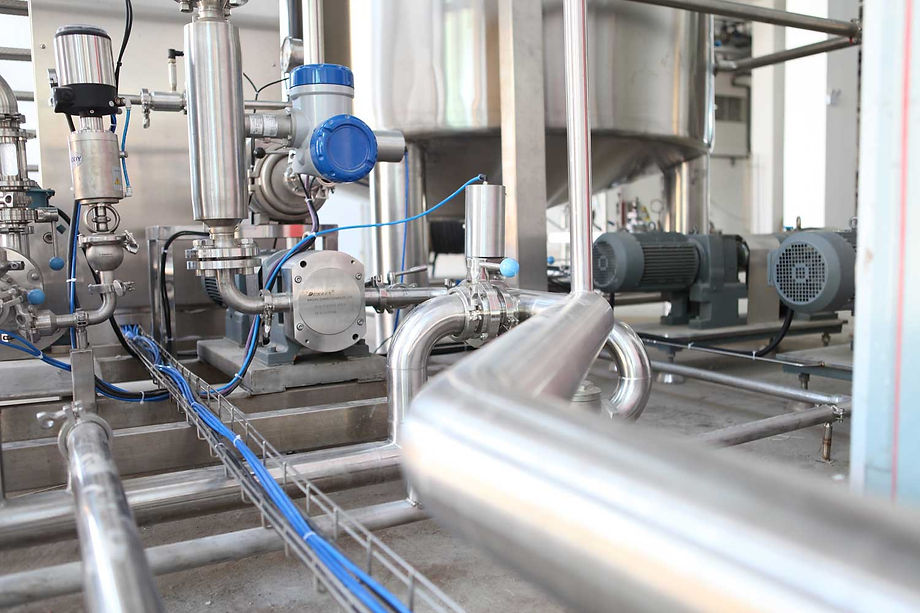

PRACTICAL WELL CONSTRUCTION I & II
COURSE OVERVIEW & LEARNING OUTCOMES
This training in Well Construction is in two parts, and can be taken separately or together. It targets early to mid-career professionals who contribute in the delivery of O&G wells, manage the process or represent project owners at drill sites. While the aspects of well engineering and construction are very vast with each aspect a discipline onto itself, this course aims to highlight the important parts of the process to promote an effective understanding for engineers and well delivery project managers.
TARGET PARTICIPANTS
Engineers
Project managers
EXAMPLE MODULES
Overview of the drilling process
Language of drilling, completing, and well intervention
Drill string components: bits and accessories
Identifying stakeholders
Commonly employed performance metrics for successful drilling.
Understanding the abbreviations and acronyms associated with drilling Rig equipment and types
Defining Well Objectives – activities to achieve well objectives, changes in well objectives over the life of the asset,
Well Planning
Types of drill bits
Bit Selection
Drill strings
Drilling fluids and hydraulics
Drilling fluid properties
Lifting capacity of drilling fluids, pressure losses in the circulating system and ECD
Maxim Drilling Optimization for non-visible NPT reduction
Interpretation of drilling parameters (M/LWD, Directional Drilling, Mudlogging)
Pore Pressure estimation, Torque & Drag and hole cleaning
Electric logging, MWD, LWD
Visible and Non-visible Non-Productive Time (NPT): causative factors and management.
Hole Condition Monitoring
Hole problems (stuck pipe, lost circulation)
Stuck pipe (Mechanical and Differential)
Wellbore hydraulic integrity (Lost circulation, ballooning)
Wellbore Instability
Cores and Coring
Well Control
Directional, horizontal, multilateral and under-balanced drilling
Directional drilling and multi-laterals
Cementing
The overall cementing operation
Primary cementing
Remedial cementing
Plug cementing
The use of cement additives
Laboratory testing
Cement sheath integrity
Cement sheath evaluation
Special cement systems
Cement guidelines
Introduction to Casing design
Casing Design and Installation
Selecting Casing Depth and Sizes Calculating Collapse and Burst loads
Preliminary casing selection
Combined Load Effect and Final casing selection
Completion and Testing
Planning including requirements for the completion and testing,
Types of Completions
Perforating
Smart Well Completions
Wellhead equipment and trees
HSE at the rig site
Surface and subsurface characteristics unique to the offshore environment
HSE considerations for offshore and how it impacts planning, operations, and logistics.
Pressure control, routine and special problems
Managing Wellsite Operations
Rig team priorities and success measures
Focusing on wellsite challenges, distractions, and sensitivities
Managing reports and rig documentation
Rig meetings and drills
Well monitoring, limits, alarms, and suspension of operations
Reducing unscheduled events, technical limits, and drilling/completing well on paper techniques
Managing complex situations associated with tripping, displacements, and testing
DURATION
5 Days
LOCATIONS:
Accra,
Kigali,
Dubai,
London,
Houston.
